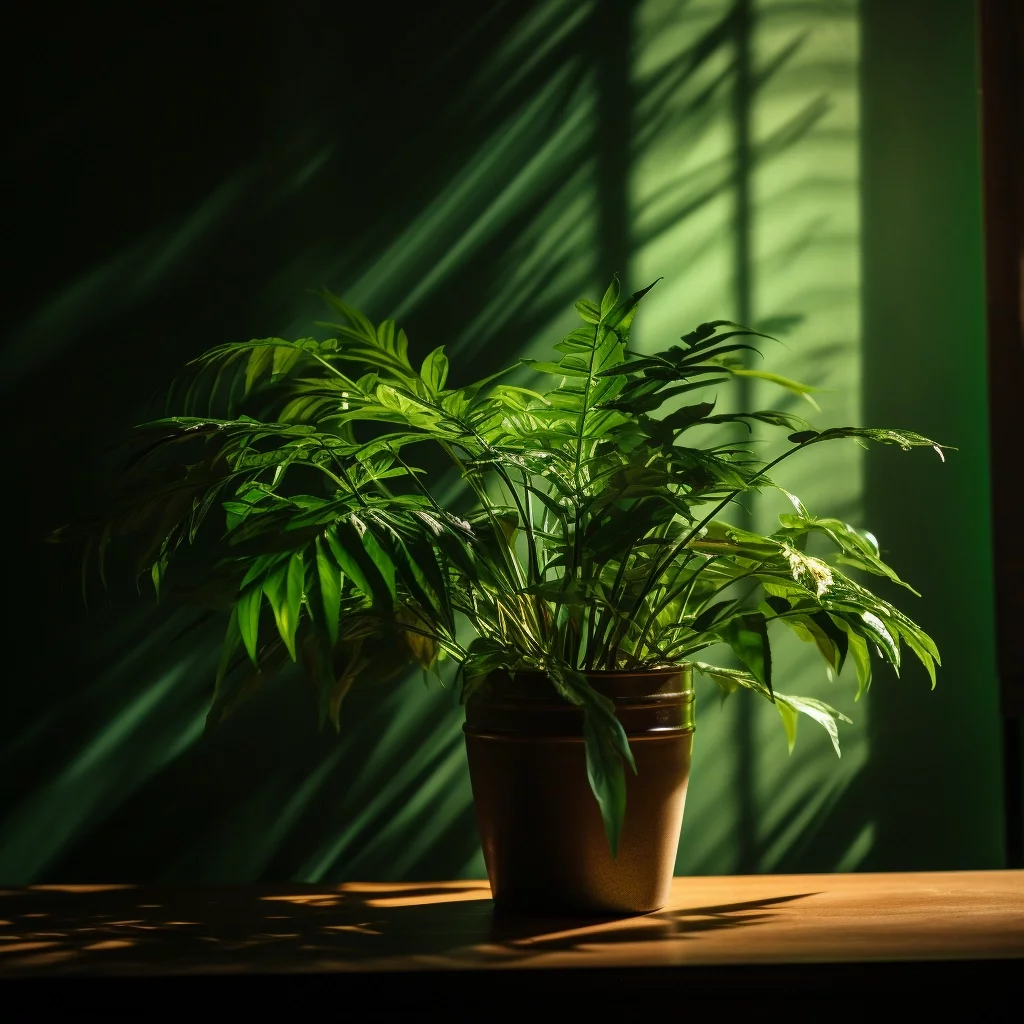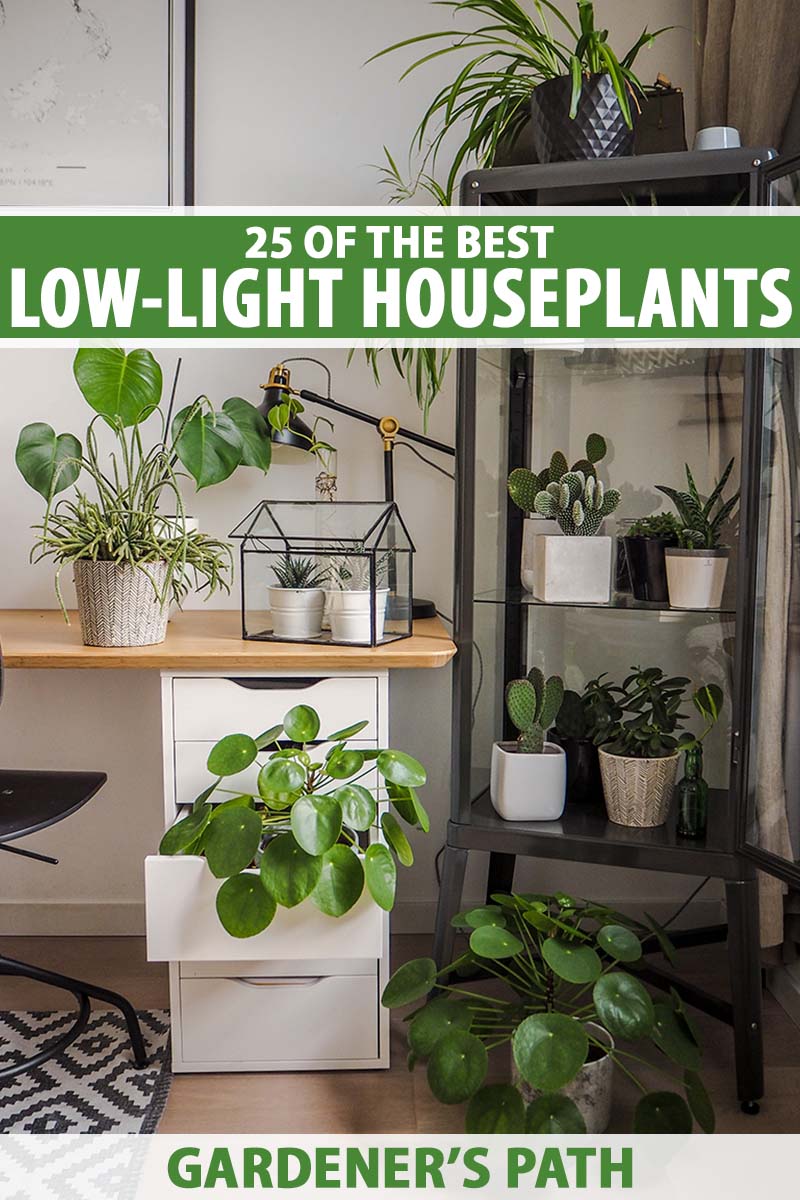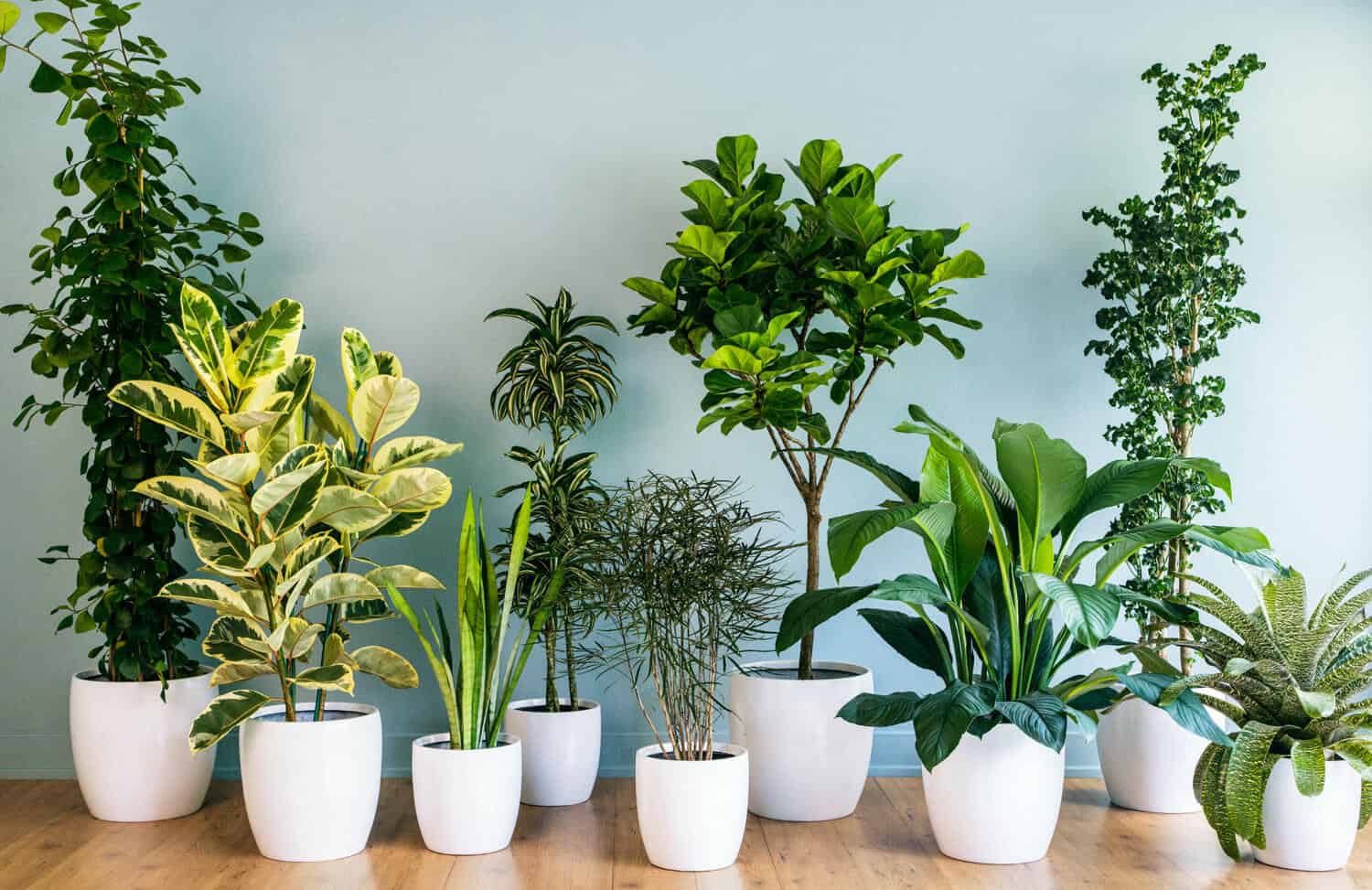Explore the Best Low-Light Indoor Plants for Easy and Stylish Home Decor
Explore the Best Low-Light Indoor Plants for Easy and Stylish Home Decor
Blog Article
Transform Your Home With Beautiful Low-Light Indoor Plants and Their Advantages
Including low-light indoor plants into your home can dramatically improve both the aesthetic and ecological quality of your living areas. These plants, which flourish in dark conditions, offer not only as ornamental elements yet also as natural air purifiers, making them optimal for metropolitan dwellers or those with minimal sunlight direct exposure. As we explore the various kinds of low-light plants and their benefits, you might locate unusual ways to integrate them into your home that can transform your surroundings in ways you might not have expected.
Benefits of Low-Light Plants
Low-light plants offer numerous advantages for interior settings, making them an excellent option for both newbie and skilled garden enthusiasts. One of the main advantages is their versatility to low-light conditions, enabling individuals to enhance their home without the need for comprehensive sunshine direct exposure. This characteristic makes them optimal for apartment or condos, offices, and various other locations with restricted natural light.

Additionally, incorporating low-light plants right into home décor can raise the aesthetic charm of an area. Their rich vegetation and varied structures produce a soothing ambience, adding to total health. Finally, the existence of greenery has actually been connected to reduced stress and anxiety levels and improved productivity, making low-light plants a sensible selection for enhancing both physical and psychological wellness in interior settings.
Top Low-Light Indoor Plants
While numerous interior plants thrive in brilliant light, several varieties are especially fit for low-light conditions, making them ideal for numerous indoor spaces. One preferred choice is the Snake Plant (Sansevieria), recognized for its striking upright fallen leaves and durability, needing minimal treatment. One more superb option is the Pothos (Epipremnum aureum), which features heart-shaped leaves and can route perfectly from wall mounts or racks, flourishing in low light and including a lavish touch.
The ZZ Plant (Zamioculcas zamiifolia) is celebrated for its shiny leaves and ability to hold up against forget, making it ideal for active lifestyles. In a similar way, the Peace Lily (Spathiphyllum) not just tolerates low light yet also creates magnificent white blossoms, boosting any space's aesthetic.
For an one-of-a-kind touch, consider the Cast Iron Plant (Aspidistra elatior), which indeed lives up to its name, thriving in the darkest corners of your home. Lastly, the Chinese Evergreen (Aglaonema) uses a selection of leaf patterns and colors while being remarkably forgiving in low-light conditions. These plants not only enhance interior settings yet also add to air purification, improving your home.
Treatment Tips for Low-Light Plants

Sprinkling methods are vital; these plants typically prefer somewhat dry problems. Overwatering can cause root rot, so ensure that the leading inch of soil is completely dry prior to sprinkling once more. Use pots with drainage holes to allow excess dampness to run away.
Humidity is an additional crucial element. Lots of low-light plants, such as brushes and peace lilies, take advantage of greater humidity levels. To enhance humidity, consider misting the leaves or positioning a tray of water near the plants.
Fertilization ought to be come close to with redirected here care. During the expanding season, make use of a weakened, balanced fluid plant food on a monthly basis to sustain development, yet prevent fertilizing during the inactive winter months.

Imaginative Ways to Show Plants
Interior plants can act as captivating centerpieces in any space, improving both aesthetic charm and atmosphere. Innovative screens can raise the aesthetic effect of low-light plants, making them an indispensable part of your home decor. One effective method is to make use of tiered plant stands, which permit you to display numerous plants at differing heights while making the most of floor space.
Hanging planters are another ingenious choice, creating a feeling of depth and drawing the eye upward. Take into consideration macramé hangers or wall-mounted shelves to introduce a distinct texture and design.
For an extra structured method, usage geometric terrariums or glass containers to house your plants, including a modern-day touch to your interior garden. You can also repurpose vintage things, such as teacups or wood crates, for an eclectic display screen that reflects your personality.
Enhancing Home Atmosphere With Plants
Incorporating low-light plants into your home not just improves visual appeal however also contributes significantly to the overall ambiance. These plants serve as all-natural decor elements, presenting a feeling of peace that can change any space. The visibility of plant cultivates a calming ambience, which is particularly useful in high-stress atmospheres such as office or living spaces.
Low-light plants, such as serpent plants, pothos, and ZZ plants, are not only cosmetically pleasing however also enhance indoor air quality by filtering system toxins. This double feature enhances the atmosphere better, creating a link much healthier space (Best low-light indoor plants). The calculated placement of these plants can likewise affect the perception of area; for example, tall plants can draw the eye upwards, making ceilings appear higher and spaces more large
Moreover, varying appearances and colors of vegetation add deepness to interior decoration, permitting for creative expression in home designing. Whether put on racks, in edges, or as centerpieces, low-light plants can raise the state of mind of any room. In recap, incorporating these plants into your home is a reliable way to promote a warm, welcoming environment while reaping the benefits of improved air quality and aesthetic adaptability.
Conclusion
Including low-light indoor plants into home settings uses various advantages, including enhanced visual charm and improved air top quality. These durable plants, such as the Snake Plant and Peace Lily, require very little light and maintenance, making them ideal for varied lifestyles.
While many interior plants grow in intense light, a number of varieties are particularly fit for low-light problems, go to this web-site making them suitable for various indoor spaces. One efficient method is to utilize tiered plant stands, which allow you to showcase numerous plants at varying elevations while optimizing floor room.
Low-light plants, such as snake plants, pothos, and ZZ plants, are not only aesthetically pleasing however additionally boost indoor air top quality by filtering toxins. Best low-light indoor plants. The tactical positioning of these plants can also influence the assumption of area; for circumstances, tall plants can attract the eye upwards, making ceilings appear higher and areas extra roomy
These resistant plants, such as the Serpent Plant and Peace Lily, need very little light and upkeep, making them suitable for varied lifestyles.
Report this page